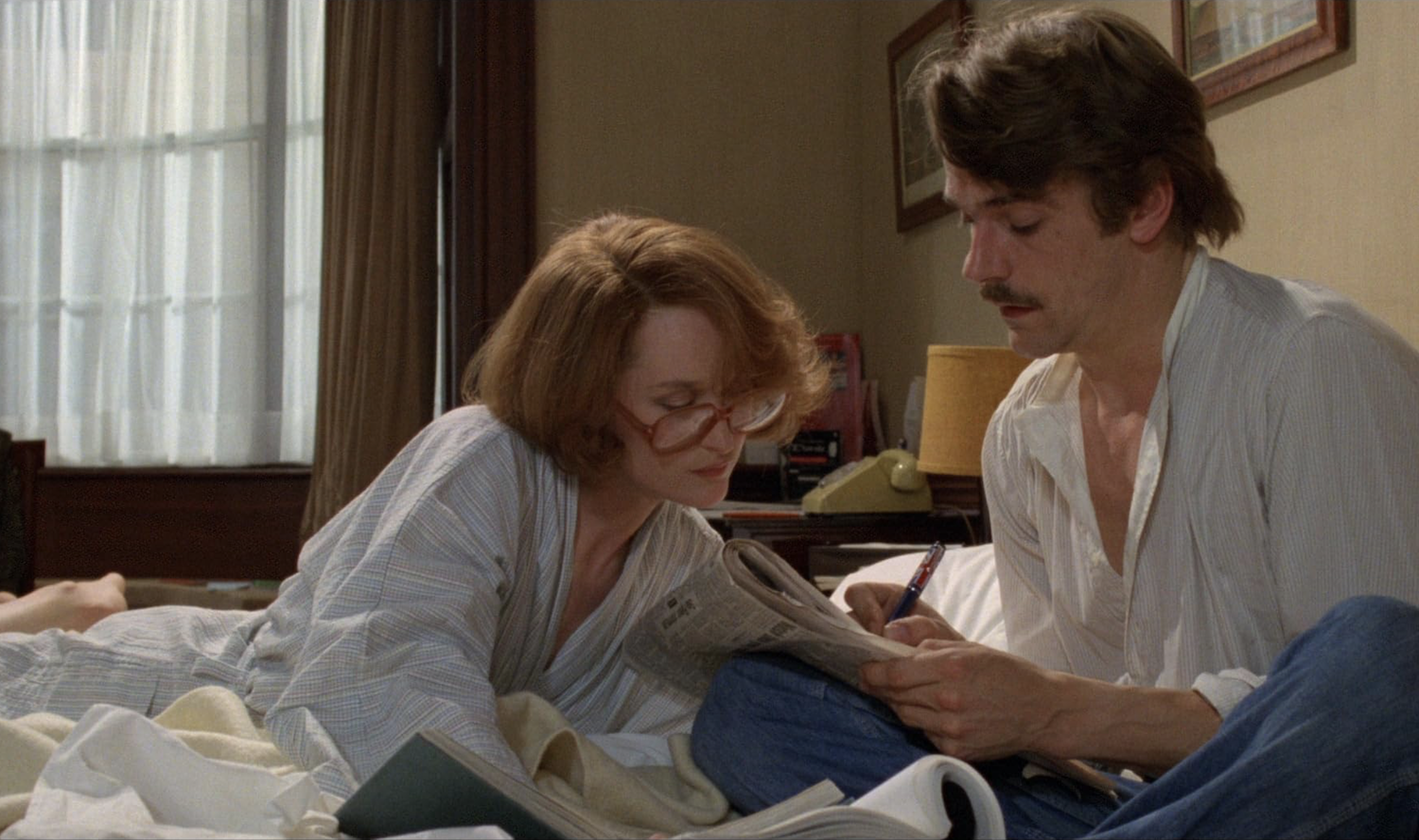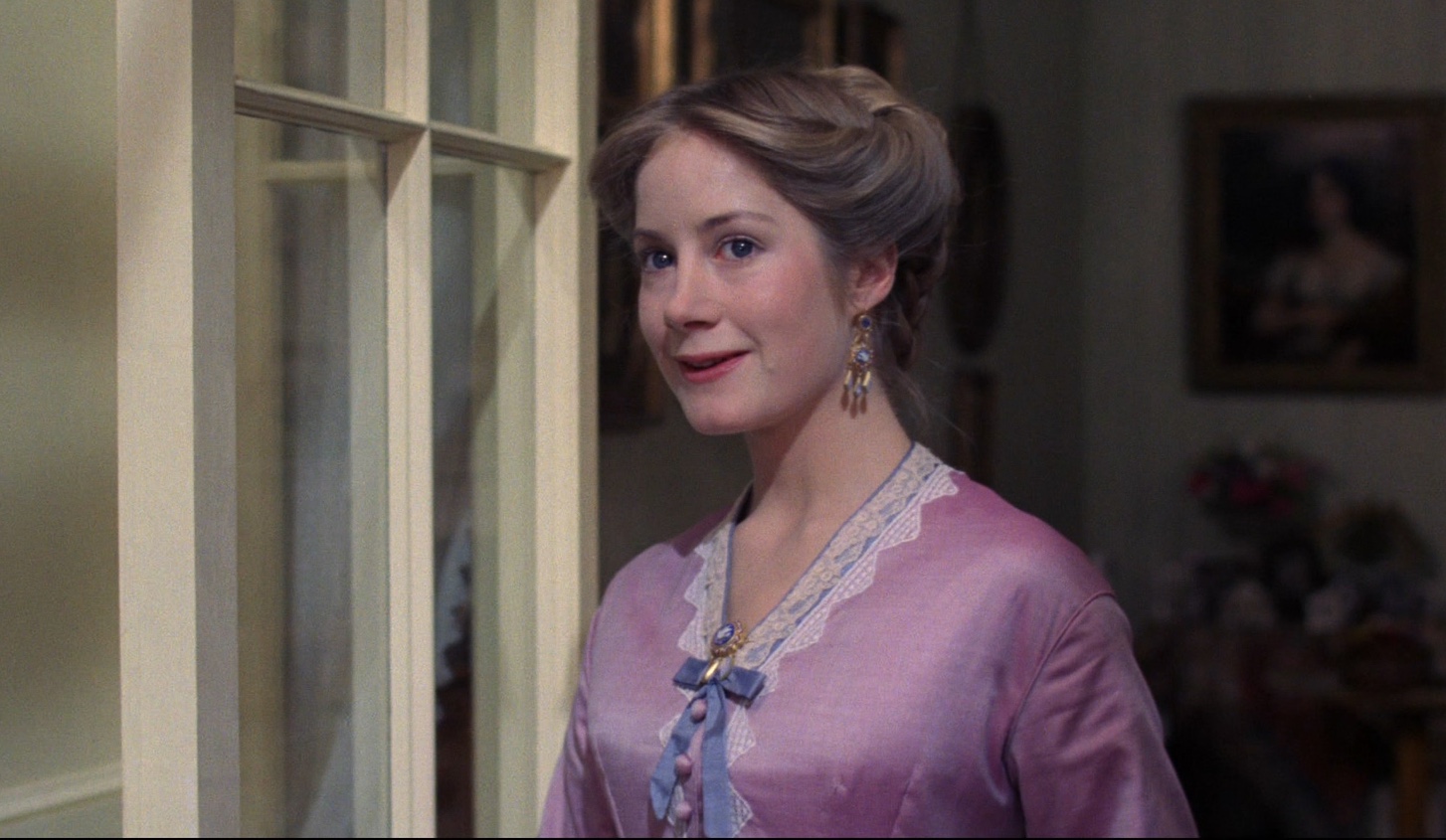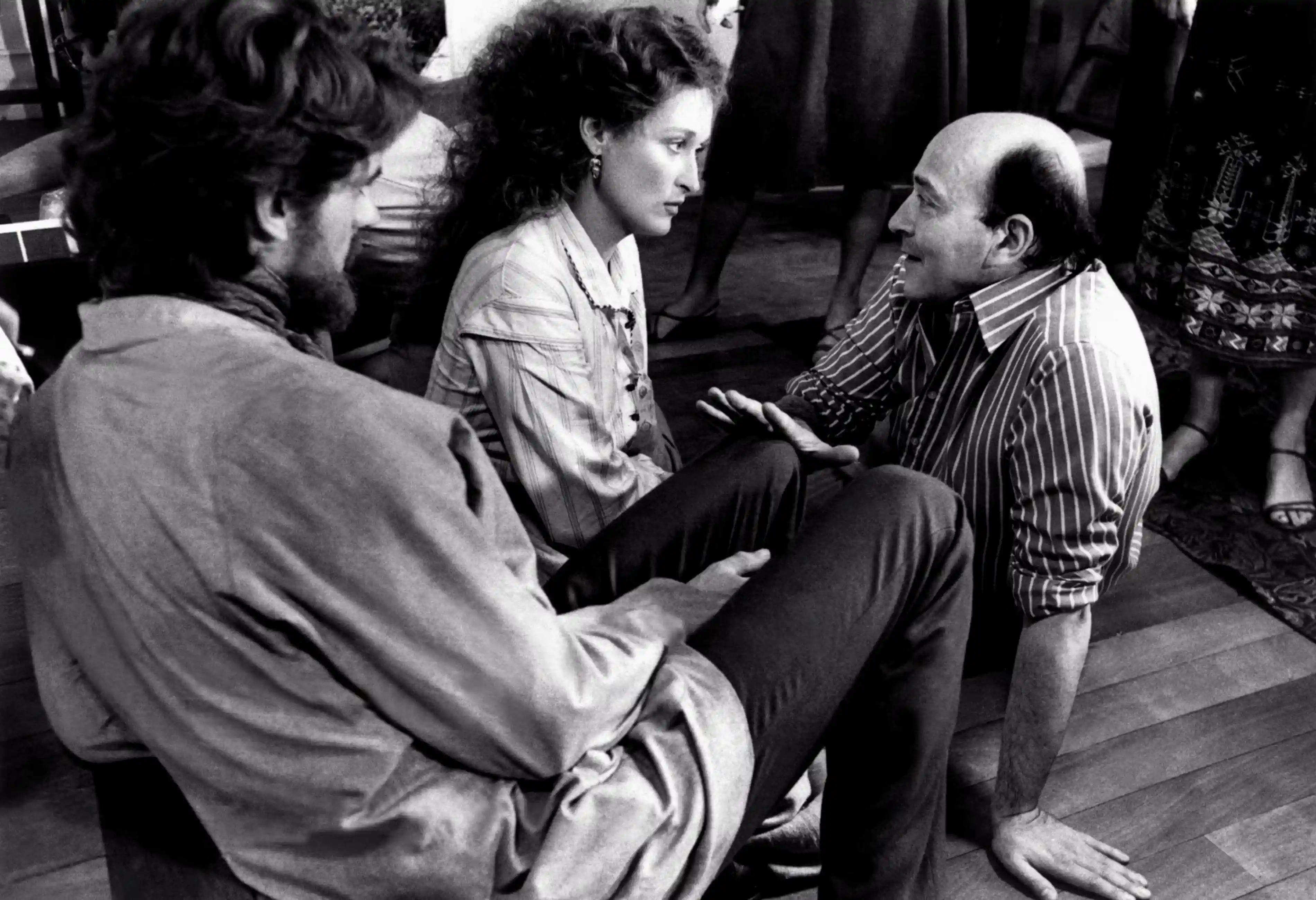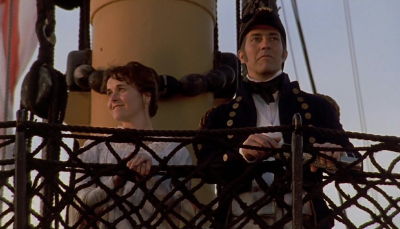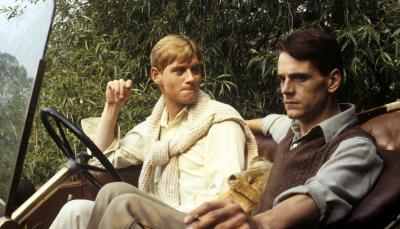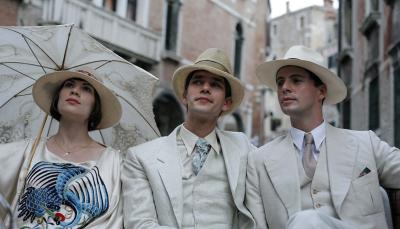Classics Revisited: 'The French Lieutenant's Woman'
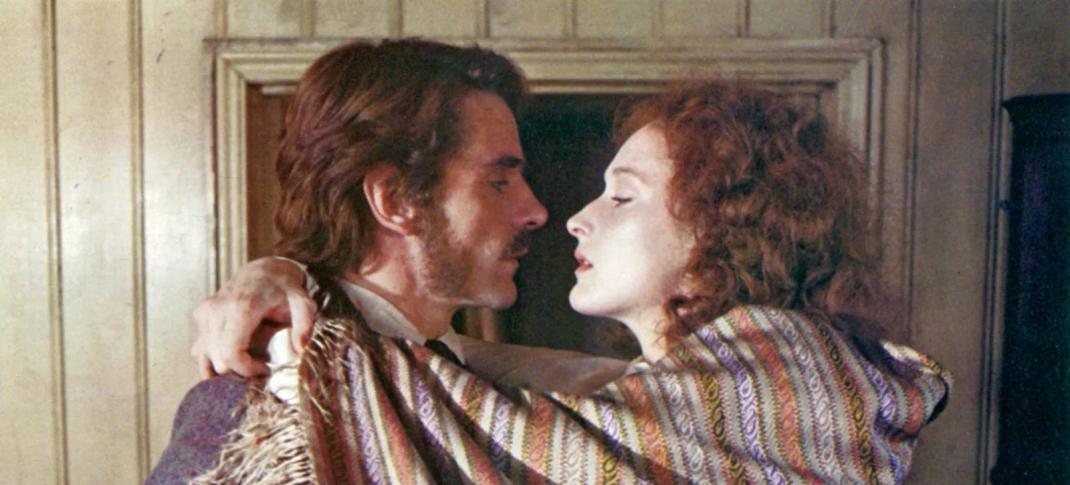
Charles Smithson (Jeremy Irons) and Meryl Streep (Sarah Woodruff).
© Juniper Films
The French Lieutenant’s Woman, John Fowles’ 1969 postmodern novel, achieved the impossible – a literary work lauded by academics and a popular bestseller. The novel used all the tricks and techniques of a Victorian classic, the author’s voice ever-present, with footnotes, epigraphs, and digressions into whatever he considered significant. He breaks off the narrative to remind us that, for instance, even now, Karl Marx is busy at work on Das Kapital in the British Museum Reading Room or that Darwin’s writings are creating a furor. As an avant-garde writer in the late 1960s, Fowles was amused by the Victorian prudery and repression of a century ago. The author himself appears as a character on a train. Oh, and the novel has three discrete endings. The reader gets to choose!
This parallel structure also illuminates the many ways we were and are still living in the shadow of the hypocrisies, sexual politics, Darwinian dogmas and brittle self-confidence of the Victorian era. This felt topical in the early 80s, shortly after Mrs Thatcher came to power – and not long before she expressed her commitment to “Victorian values”. Today, at a time of food banks, “Dickensian” levels of poverty and inequality, and people unable to heat their homes, its renewed relevance is horribly compelling. Matthew Reisz, 2022 on his father’s work.
Clearly, the novel, with spectacular settings that include Lyme Regis and its famous Cobb seawall (where Louisa Musgrove fell off the steps in Jane Austen’s Persuasion), had potential as a film. Director Karel Reisz and writer Harold Pinter interpret Fowles’ modern Victorian novel with its ever-present narrator as a movie within a movie.
Thus, the film opens on the Cobb, where a makeup artist checks Meryl Streep’s face before she strides onto the seawall and the opening credits roll. It’s not just the story of gentlemanly paleologist Charles Smithson (Jeremy Irons) and social outcast Sarah Woodruff (Meryl Streep), but also that of their actors Mike and Anna.
Streep is the French Lieutenant’s Woman (or the French Lieutenant’s Whore or Poor Tragedy). A woman with some education, she has worked as a governess and then as a companion to an elderly woman and fell in love with the French survivor of a shipwreck. Her lover has since disappeared, and she refuses to leave the town, haunting the Cobb and the nearby cliffs to watch for his return. Determined to stay in the town, she accepts a job as a companion to the unpleasant Mrs. Poulteney (Patience Collier), a punishment in itself.
Sarah flaunts her self-destruction, and the local physician Dr. Grogan (Leo McKern) and Charles, as men of science (let’s face it, as men), know there is something wrong with her. Grogan diagnoses melancholia and believes Sarah should be admitted to an asylum. Charles, unable to admit his sexual attraction to Sarah, begins a series of secret meetings with her in which she confesses and he mansplains. They meet in the Undercroft, an entire ecosystem of trees, rare plants, and fossils on a collapsed area of the cliffs, but it’s not his intellect that’s being stimulated.
The Undercroft, with its burgeoning vegetation, is a notorious spot for courting couples. Sarah then tells him that the French officer is married and will never return. Charles advises her to go to London to find work, and offers her money, but she knows what happens to a young woman of limited means in the big city. Mike and Anna, discussing her possible fate, work out that there were so many prostitutes in London, that the average Victorian gentleman could have sex 2.4 times a week.
Charles becomes engaged to a pretty local heiress, Ernestina (Lynsey Baxter), who is young, naive, and adoring. His very comfortable middle-class life, with its interesting hobbies of fossil-hunting and science, seems set, except for his obsession with Sarah. If he follows his instincts, he will affect others, notably his manservant Sam (Hilton MacRae) – probably another literary reference to Pickwick Papers’ character Sam Weller.
Sam loves Ernestina’s maid, Mary (Emily Morgan), and has ambitions for marriage and a life beyond domestic service as a haberdasher. He is not averse to a bit of blackmail when he realizes his master is conducting what seems to be an illicit affair with Sarah. Finally, Charles persuades Sarah to leave town before Grogan can commit her to an asylum, and he goes to London to visit his bank to give her enough money to live on for a while. He tells Ernestine he’s sorting out the marriage contract, and from this point, he’s on a downward spiral of deceit and guilt.
Charles visits Sarah at her lodgings, where they become lovers. They have a clumsy and hurried encounter, and he discovers that she was not the French Lieutenant’s Lover; another fantasy created when she found him with another woman. At this point, we revisit Mike and Anna, who both have partners, and Anna has finished her scenes in Lyme. They won’t film together until the final scene at Windermere in the Lake District, when Mike tries to get Anna to commit to him. He throws a cast party in London, where his wife Sonia (Penelope Wilton, in a subtle and intelligent performance) suspects he is having an affair, and makes us suppose it isn’t the first time he’s done so. Anna, like Sarah, is another mystery woman whose motivations we don’t see.
Back in the nineteenth century, Charles breaks off his engagement to Ernestina, who, despite her polite upbringing, guesses the truth. She is furious, hurt, and rages at him, and her father (Peter Vaughan) brings a legal case against Charles which could well ruin him socially if not financially. Despite her sheltered upbringing and general silliness Ernestina is by far the strongest female character, with the courage to confront Charles. Sarah disappears again, and Charles hires a detective to find her. But does she want to be found?
Charles spends a lot of time cruising dark alleys in London and waiting around outside factories, longing to rescue Sarah. This is obsession, not love. Heaven forbid she should rescue herself! Three years later, he receives word that Sarah has been found, and travels to the Lake District, where the final scenes of the movie will be filmed. She has changed her last name from Woodruff to Ruffwood and is living in a pre-Raphaelite community, working as an artist and as a tutor. She’s found her freedom and asks for his forgiveness; she has acquired poise and serenity, and now Charles is the one who is obsessed and frantic with misery.
At the wrap party for the film, Anna is elusive, and Mike discovers she’s leaving that night. He calls out to her as she drives away, but addresses her as Sarah, the only time, other than in a rehearsal scene, she switches from one persona to another. It’s not a satisfying conclusion to the film that, despite its superb cinematography, a great Grammy-winning score by Carl Davis, and the overall excellent cast doesn’t dig deep enough into its central characters.
From the beginning, it is Charles/Mike’s story, with Sarah/Anna lacking substance and motivation, but it’s also a rare chance to see these two established actors’ early work (Streep won a BAFTA, among other awards, for her performance) and surrender to the sheer beauty of the movie.
The French Lieutenant’s Woman is available on Tubi.

